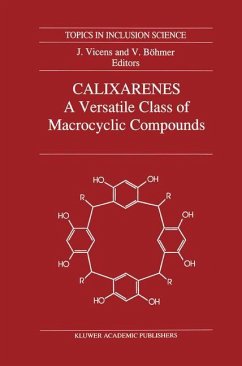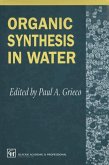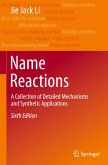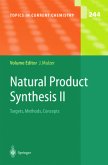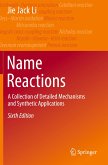The tenn "calixarenes", introduced in 1978 by D. Gutsche to describe the cyclic oligomers produced by condensation of p-substituted phenols with fonnaldehyde, is now universally accepted in the chemical community. The condensation of phenol with fonnaldehyde was studied in the last century by A. von Baeyer. Early in this century, L. Baekeland produced the first entirely synthetic polymers from phenol-fonnaldehyde condensates and the possibility that cyclic condensation products could be obtained from t-butylphenol, and fonnaldehyde was mentioned as early as in the beginning of the 1940's by A. Zinke. Despite their long history, the realisation that calixarenes may have very significant applications and uses in supramolecular chemistry is a relatively recent phenomenon. Calixarene chemistry, in contrast to their discovery, started slowly in the 1970's but rapidly gained momentum throughout the 1980's. Following C. Pedersens discovery of the crown ethers and the seminal developments of J. -M. Lehn and D. Cram with cryptands and spherands - all three honoured with the 1987 Nobel Chemistry Prize - the time was right for a surge of interest in research areas, frequently referred to as host-guest chemistry, receptor or supramolecular chemistry, and including important comparisons with biological processes and the development of new advanced materials. Now, the cyclic, bowl or basket-shaped calixarene molecules were looked on in a different light. Rather than "having developed from harmful by-products of phenoplasts manufacture" they were now seen as potentially valuable macrocyclic receptor molecules.
'This book that deals with a special class of host-guest chemistry, recognized by the 1987 Nobel Chemistry Prize Awards, should appeal to almost all chemists. Medicinal chemists, in particular, may find it a source of novel new approaches to potential therapeutic agents.' Journal of Medicinal Chemistry 35:7 1992
'This book that deals with a special class of host-guest chemistry, recognized by the 1987 Nobel Chemistry Prize Awards, should appeal to almost all chemists. Medicinal chemists, in particular, may find it a source of novel new approaches to potential therapeutic agents.' Journal of Medicinal Chemistry 35:7 1992

